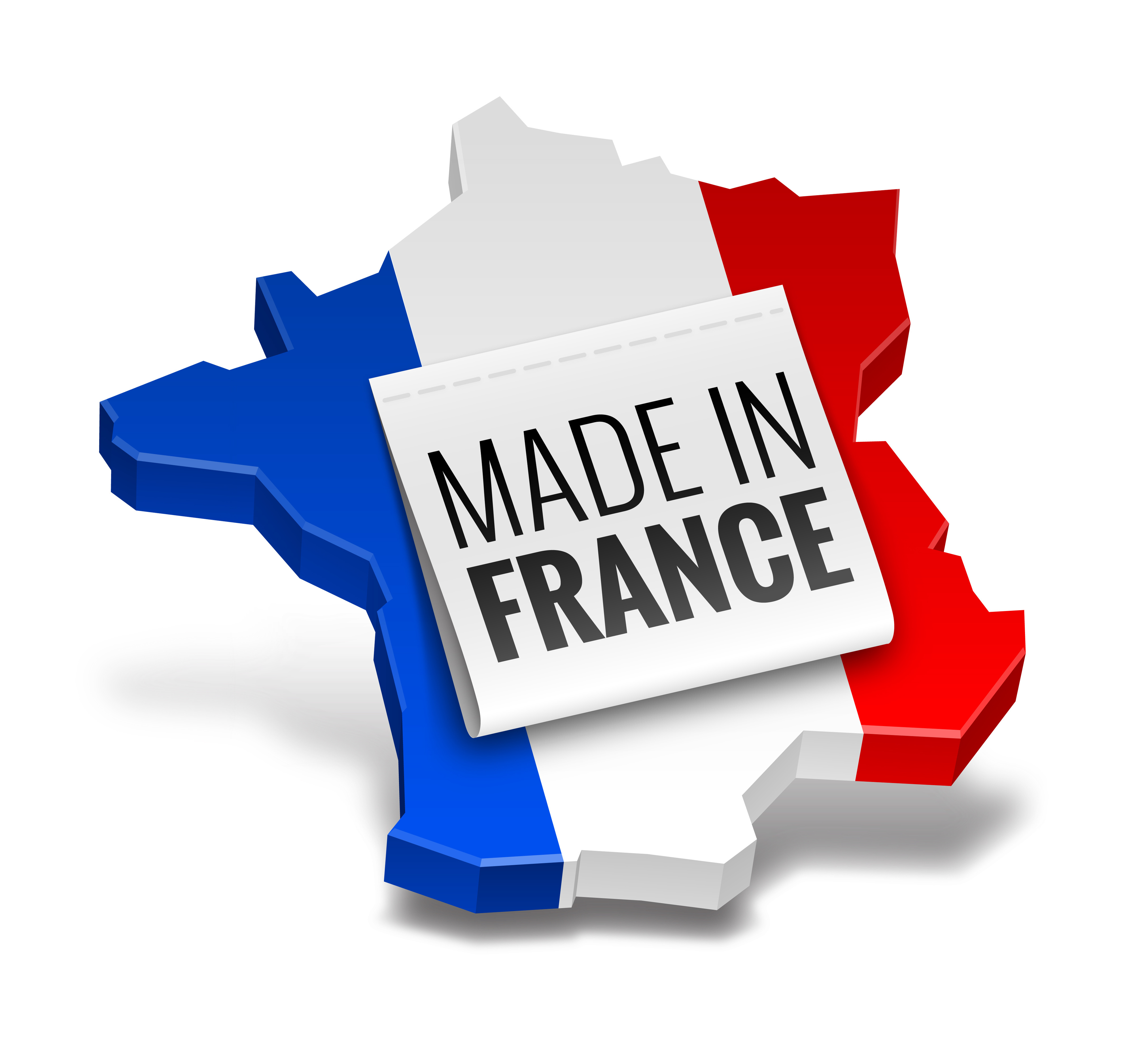Re-industrialisation in the service of made in France

The share of manufacturing industry in France's GDP is only 10.1%. In comparison, it is 21.1% in Germany and 14.7% in Italy. Between 1974 and 2019, the number of industrial jobs fell from 5.72 million to just 3.17 million, representing a 44% decrease.
For several years, and even more so since the COVID-19 crisis, the reindustrialisation of France has been a response to an awareness of our economic dependence but also of the environmental cost of relocation. It is becoming a reality. The examples of neighbouring countries show that deindustrialisation is not inevitable.
Since the end of 2017, industrial employment has returned to a slight positive trend, with the exception of the year 2020. However, the challenges require us to accelerate this pace in order to regain our independence in a number of strategic sectors, particularly health.
There is no shortage of initiatives to show that French industry, long forgotten, is a reality. The exhibition of the photographer Dimitri Tolstoï "Territoire d'Industrie", in front of the Gare de l'Est, traces a landscape that we are pleased to rediscover, from Bleu Forêt to General Electric, from Clairefontaine paper mills to Tarmac Aerosave. Changing the image of industry, raising consumer awareness and regaining territorial attractiveness are the main objectives of this exhibition.
Providing flexible location solutions
A sometimes forgotten image, the competition between territories to attract new industries is becoming a reality. But unlike logistics, industry often requires premises with specific characteristics. It is on this subject that Elcimaï and the EPA Sénart have worked to design a flexible and modular factory of the future. This concept, known as the "sustainable industrial envelope", aims to adapt to the occupants' uses, from aeronautical production to the development of cosmetic products. The first factory 4.0 built with this sustainable modularity concept, with a surface area of 22,000 m², will soon be built on the Bois des Saint-Pères business park (Cesson - Savigny-le-Temple).
Re-industrialisation and logistics are closely linked
The "support for investment and the modernisation of industry" section of the France Recovery Plan shows an ambition notably oriented towards theThe reindustrialisation of the agri-food, health and electronics sectors and the essential inputs for industry (chemicals, metals, materials, etc.). The call for projects by France Relance, as well as initiatives by the regions, made it possible to identify 624 relocation projects by the end of 2021. Made in France is gradually becoming a reality.
But this support for industrial investment must go hand in hand with the logistics offer of the territories. On 29 March 2022, during the Greater Paris Metropolis Partners' Committee, Afilog President Claude Samson recalled that the reindustrialisation of territories requires accepting the development of logistics activities, which often stem from industrial needs.
Made in France helps build a sustainable supply chain
The success of Made in France cannot rest solely on public players. Distributors and consumers must get involved to turn initiatives into a sustainable reality. At the March 25, 2022 conference on the sustainable supply chain organised by Grand Paris Sud, in partnership with France Supply Chain, Emery Jacquillat, President of Camif, showed how an e-retailer can choose to use the made in France concept. CAMIF offers consumers local and mostly French products. 75% of the products sold by this distributor are manufactured in France and 90% in Europe. The made in France approach not only helps to boost economic activity and employment, but also to reduce the distance and environmental impact of the supply chain. Camif has chosen to develop direct shipments from suppliers, a solution that reduces costs but also transport distances. In sectors such as home furnishings, which are highly competitive with imports from Asia, the made in France approach is a lever for sustainable development.